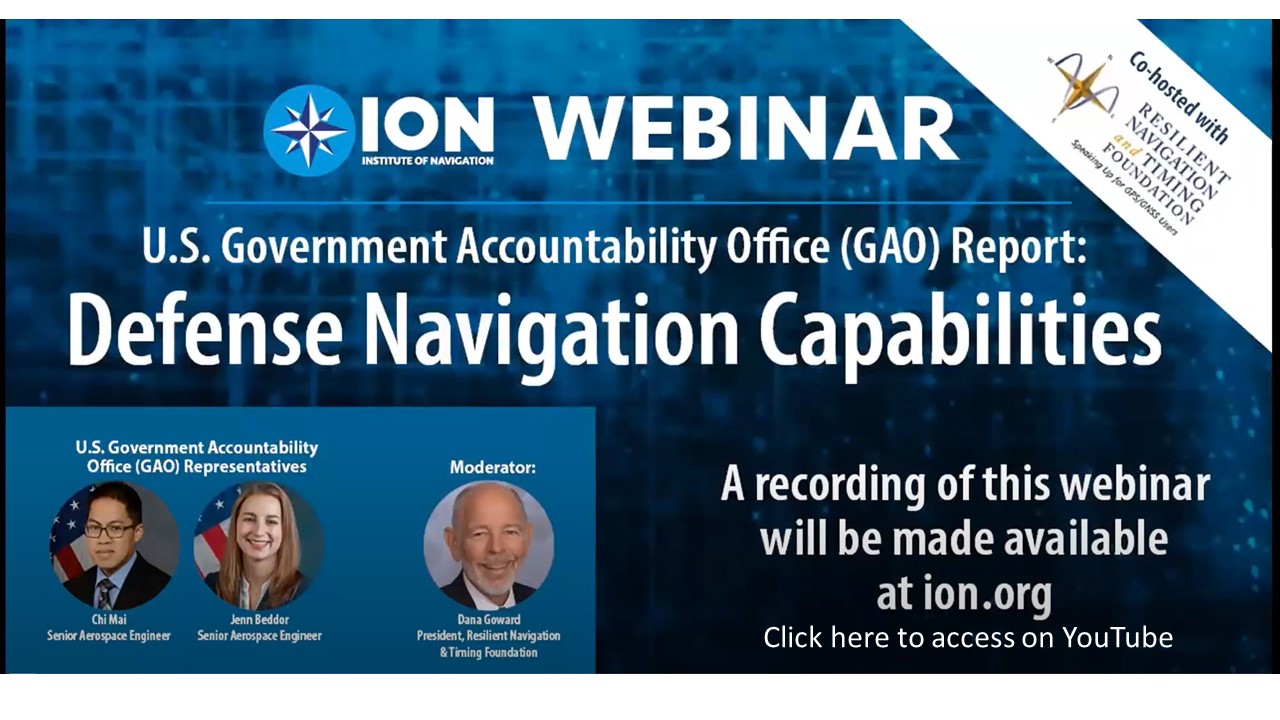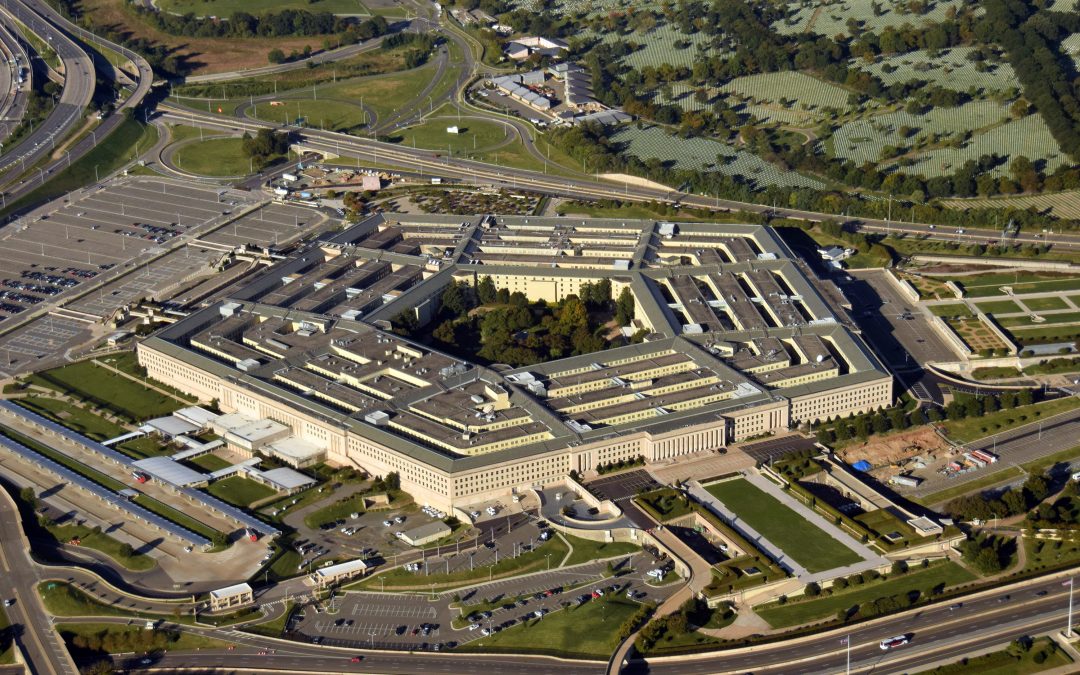Image: Shutterstock
A poll of participants at yesterday’s RNTF/ ION Webinar “GAO Report: Defense Navigation Capabilities” showed attendees overwhelmingly favoring better mechanisms for both coordinating alternative PNT projects within the department and its interface with industry.
At present, dozens of alternated PNT projects are being pursued by the services and their labs, and coordination at the department level appears to be limited to strategy and relatively high level policy issues. There is no central clearing house or registry for project or directory of points of contact that researchers, program officers, and industry can access.
 The questions were posed to attendees after two authors of the recent Government Accountability Office (GAO) report discussed the report’s findings and resulting policy options for leaders. – The type of study was such that, rather than making recommendations, it identified “challenges” and provided ideas in the form of “policy options” to consider.
The questions were posed to attendees after two authors of the recent Government Accountability Office (GAO) report discussed the report’s findings and resulting policy options for leaders. – The type of study was such that, rather than making recommendations, it identified “challenges” and provided ideas in the form of “policy options” to consider.
The study listed seven challenges and six policy options.
Challenges included that alternate PNT was not a priority in the department, DOD over-relies on GPS, and unclear performance requirements. The idea with this last being that many programs default to GPS performance to describe their requirements, rather than what the program or system really needs.
To address these challenges the report says leaders should consider ways to increase collaboration across the department, focus on resiliency, and clarify PNT requirements for projects and systems.
Other challenges listed were limited incentives for industry, the complexity and cost of integration, the difficulty of transitioning new technologies from R&D to implementation as part of operational systems, and potential vulnerabilities of alternate PNT technologies.
Associated policy recommendations were for DOD to consider mechanisms for better coordinating with industry, to institutionalize open systems architecture (MOSA) including with its own budget line, and to begin analyzing vulnerabilities of various alternate PNT technologies.
The three poll questions and audience responses were:
Should DoD improve coordination of navigation efforts with a Joint Program Office for Alternate PNT?
- No, things are fine the way they are now – 3%
- No, but things do need to improve – 21%
- Yes, it is the only way to provide a recognizable point of contact for internal DOD folks and a good interface for industry – 76%
Should DoD select one or multiple Alternate, more resilient PNT sources for its primary PNT for military missions?
- No, GPS can be made to work good enough for military missions – 4%
- No, but DOD needs to add things to GPS like inertials and clocks – 58%
- Yes, the most effective method is to have GPS be secondary to other PNT sources like inertials, other RF, and clocks – 38%
Should DOD improve coordination with industry?
- No, things are fine as they are – 6%
- Yes, publish a directory of all the organizations working on PNT along with contact numbers and emails – 23%
- Yes, it should be a central point of contact like a Joint Program Office – 71%
The RNT Foundation will hold another public discussion of the GAO study with lead author Jennifer Beddor at ION’s Joint Navigation Conference on the 24th of August. The discussion will be fully open to the public.


